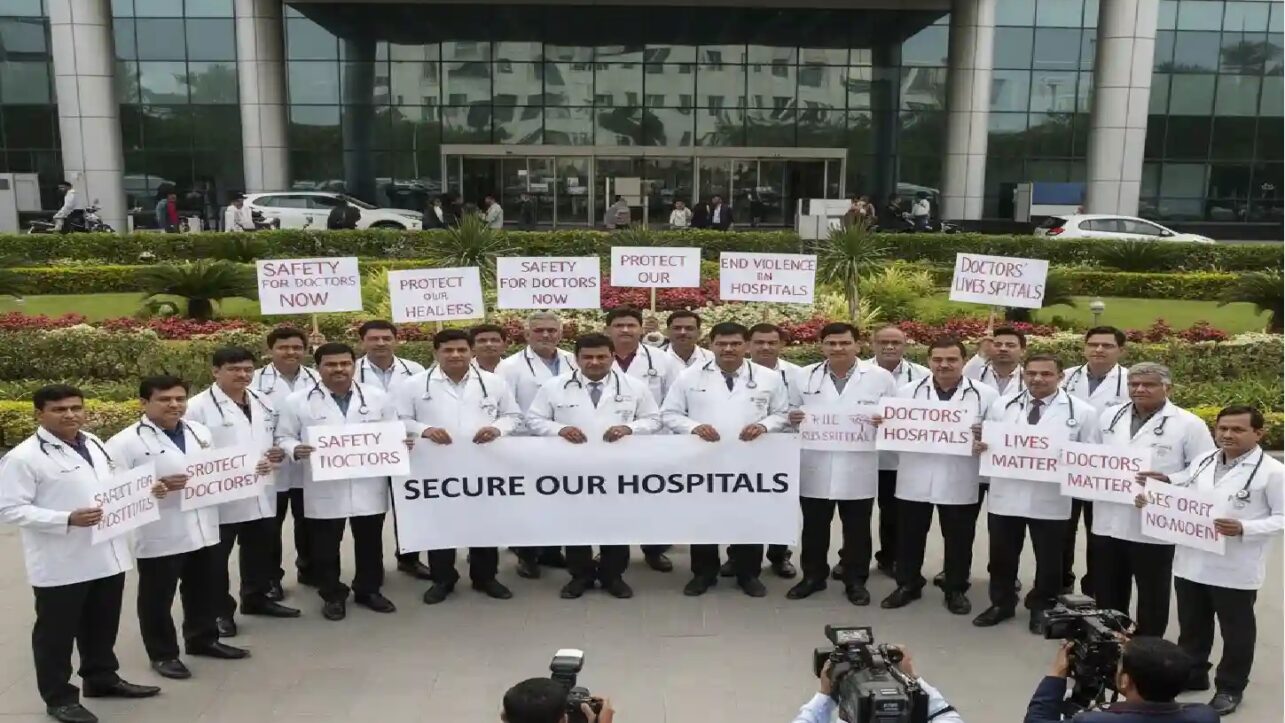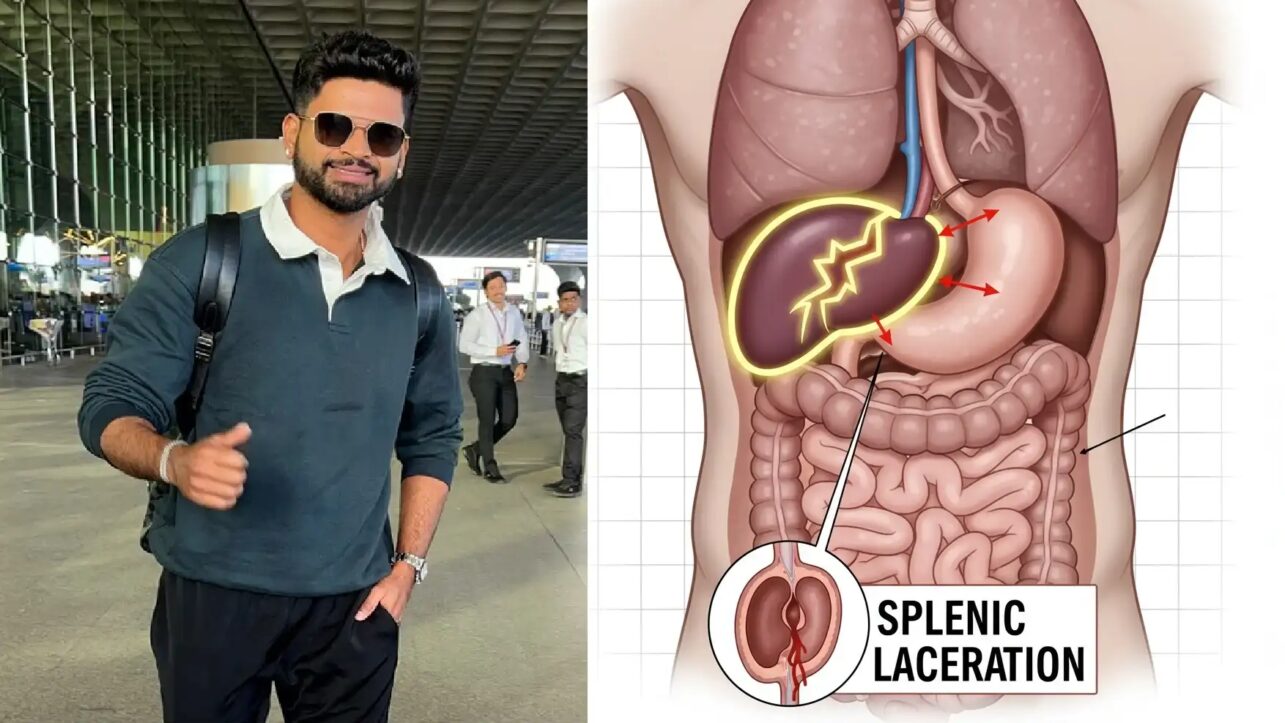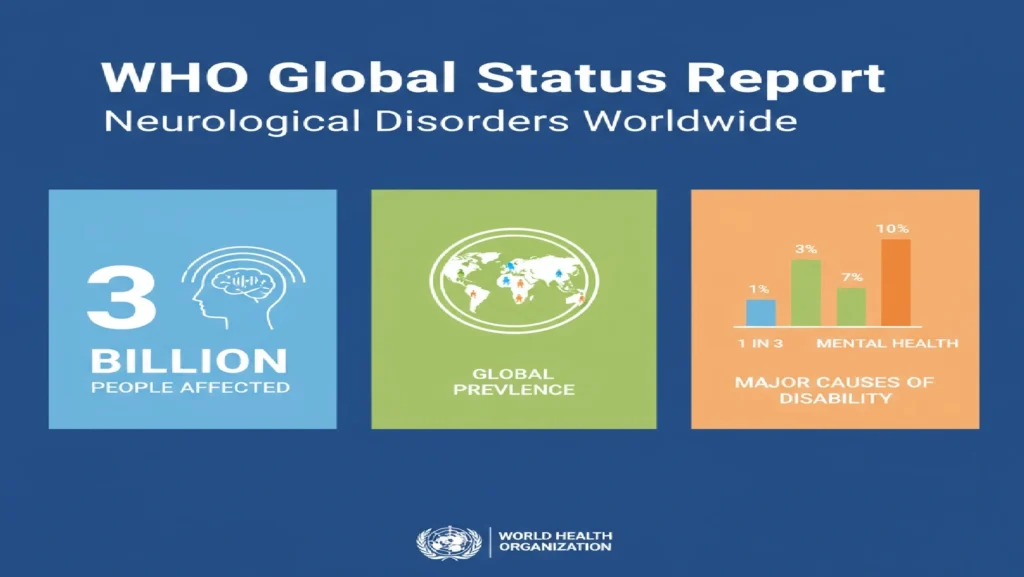By Editor, HealthTimesIndia
India’s healthcare sector is going through one of its biggest ownership transformations in decades. Once dominated by government institutions and family-run hospital groups, the country’s $80 billion private hospital industry is now rapidly consolidating under the control of global private equity (PE) firms.
From Singapore’s Temasek to US giants like TPG and KKR, international investors have bet big on Indian hospitals in the wake of the Covid-19 pandemic, sparking a surge of acquisitions that has rewritten the rules of the game.
From Family Legacies to Global Investors
For decades, India’s healthcare ecosystem was driven by state-run hospitals and legacy family-owned chains. But private equity interest first took root in 2007, when Apax Partners invested in Apollo Hospitals.
Fast forward to today, and international funds are major owners of top hospital chains across India:
- Blackstone holds 80% in KIMS Kerala and 73% in Care Hospitals.
- Temasek owns 59% in Manipal Hospitals.
- Arpwood Partners & OTPP have taken full control of Sterling and Sahyadri Hospitals.
Other global heavyweights — including CVC Capital, TPG Growth, General Atlantic, BPEA EQT, and Advent International — have also deepened their footprints across the Indian healthcare market.
Why Private Equity Loves Indian Hospitals
The pandemic exposed India’s chronic shortage of hospital beds, critical care facilities, and modern healthcare access, making the sector a magnet for capital infusion.
“Private equity brings growth capital, governance, and operational expertise, enabling hospitals to improve service quality and expand their footprint,” says Bhanu Prakash Kalmath SJ, healthcare industry leader at Grant Thornton Bharat.
Key drivers attracting investors:
- Rising life expectancy and incomes
- Growing burden of lifestyle-related diseases
- Expanding health awareness
- India’s persistent shortage of hospital and ICU beds
Beyond addressing access gaps, PE investors see strong return on investment (ROI). Hospital chains have steadily improved profitability over the past decade through higher utilization rates, Average Revenue Per Occupied Bed (ARPOB), and better cost efficiencies.
The Short Horizon Challenge
Despite the rush of money, not everyone believes private equity is the long-term answer.
“While private equity brings much-needed funds and drives consolidation, their horizons are usually three to five years, often too short to support the long cycles of healthcare infrastructure building,” cautions Abhay Soi, Chairman and MD of Max Healthcare.
This means after an initial phase of growth, ownership often reverts back to corporates or individual promoters.
A Shift Mirroring Global Models
India’s hospital sector is undergoing a transformation that parallels global health systems.
- In the United States, most hospitals are privately or institutionally owned.
- In the United Kingdom, hospitals remain publicly run under the NHS.
- In India, the move towards PE-led ownership is creating a hybrid model — blending international capital with domestic medical expertise.
What This Means for Patients
For Indian patients, this transformation could mean better access to modern facilities, global best practices, and improved governance in private hospitals. However, experts also caution that excessive focus on profits could risk affordability in some cases — a delicate balance that investors and hospital leaders will need to manage.
India: The Hottest Market for Health Investors
According to PwC and Grant Thornton, healthcare has become the most active private equity sector in India, with over 20 global funds actively investing — the highest compared to any other industry.
With India’s healthcare needs poised to double in the coming decade, and the country facing one of the largest gaps in critical-care infrastructure worldwide, the role of private equity-backed hospitals is set to grow even stronger.
Key Takeaway
Private equity has undeniably transformed India’s $80 billion hospital industry. While the influx of funds brings capital, governance, and efficiency to an underserved sector, the real test lies in ensuring long-term sustainability, accessibility, and affordability of care.
As India races to bridge its healthcare gaps, global investors may well become the unlikely architects of its next-generation hospital ecosystem.





















